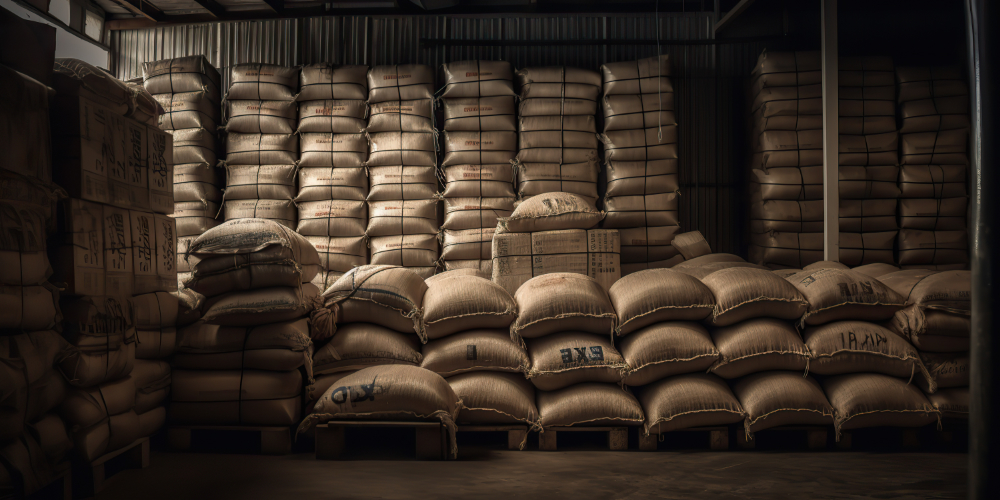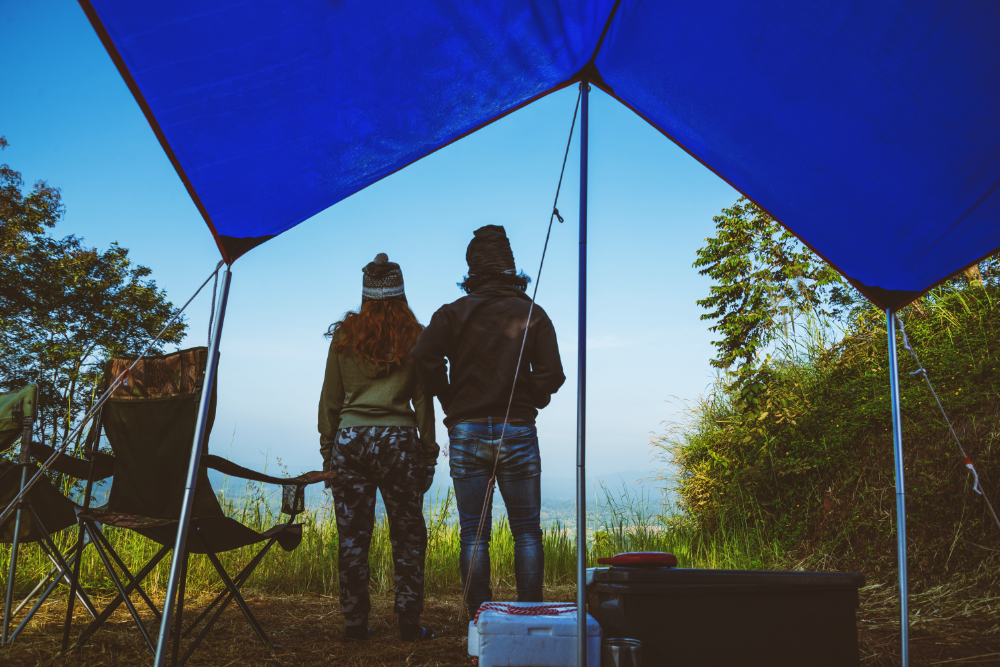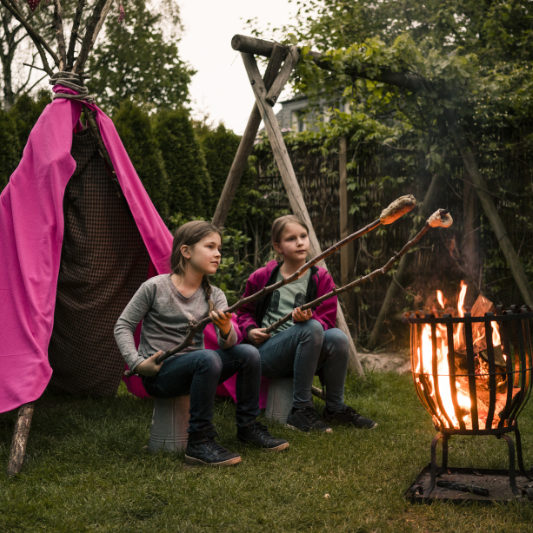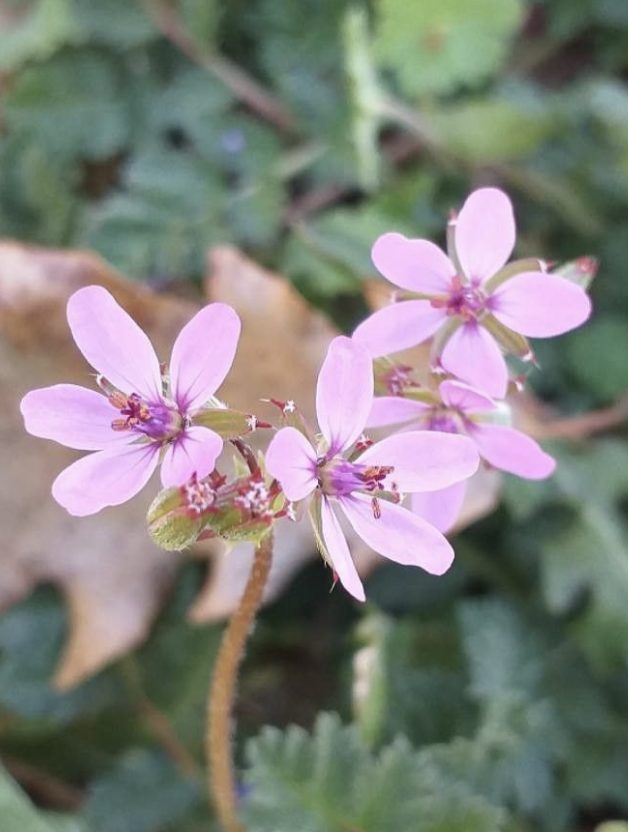Preppers and survivalists are two distinct groups of individuals who share a common interest in preparing for uncertain or catastrophic events. While both groups prioritize self-reliance and readiness, they differ in their motivations, approaches, and the scope of their preparations. In this article, we will explore what preppers are, who survivalists are, and the key differences between the two groups. Additionally, we will discuss what peppers should do to enhance their survival skills and adaptability.
What Are Preppers?
Peppers, short for “preppers,” are individuals who engage in preparedness activities to ensure their self-sufficiency in the face of various crises, such as natural disasters, economic downturns, or even societal breakdowns. Peppers believe in proactive measures to secure essential resources like food, water, shelter, and medical supplies. They may also acquire skills in homesteading, gardening, and basic first aid.
Peppers often advocate for maintaining a stockpile of emergency supplies and developing a self-sustaining lifestyle that reduces dependence on external systems and resources. The primary goal of peppers is to ensure the well-being and security of their families during challenging times.
What Are Survivalists?
Survivalists, on the other hand, are individuals who prepare for extreme scenarios, including doomsday scenarios, total societal collapse, or long-term isolation. Survivalists are motivated by the belief that the modern world is fragile and susceptible to sudden and catastrophic failures. They may prepare for scenarios like nuclear war, widespread pandemics, or complete economic collapse.
Survivalists often focus on honing wilderness survival skills, such as foraging, hunting, and building shelters in remote areas. They tend to have an extensive knowledge of firearms and self-defense techniques. Unlike peppers, survivalists may not necessarily prioritize stockpiling supplies for long-term survival but instead focus on adaptability and resourcefulness in extreme conditions.
The Differences Between Preppers and Survivalists
1. Motivations: Peppers are generally motivated by a desire to ensure the well-being of their families during common crises, while survivalists prepare for more extreme and unlikely scenarios.
2. Scope of Preparations: Preppers often stockpile a wide range of emergency supplies and may embrace homesteading and self-sufficiency. Survivalists emphasize developing wilderness survival skills and may prefer a more nomadic lifestyle.
3. Resource Allocation: Preppers invest in a variety of resources and skills to be self-reliant during short to medium-term emergencies. Survivalists prioritize skills and adaptability for surviving in austere and long-term conditions.
What Should Preppers Do to Survive?
While preppers and survivalists have different focuses and priorities, peppers can take steps to enhance their preparedness and adaptability:
1. Diversify Skills: Learn a variety of skills, including first aid, gardening, food preservation, and basic self-defense, to be prepared for a wide range of scenarios.
2. Build Community: Establish connections with like-minded individuals or communities to share knowledge and resources during emergencies.
3. Continuously Evaluate and Update Plans: Regularly assess and update your preparedness plans to account for changing circumstances and potential threats.
4. Focus on Sustainability: Incorporate sustainable practices into your lifestyle, such as gardening, rainwater harvesting, and energy efficiency, to reduce reliance on external resources.
Peppers and survivalists both share a commitment to preparedness, but their motivations, approaches, and priorities differ significantly. Peppers aim to ensure family well-being during common crises and should focus on a diverse set of skills and sustainable practices. Survivalists prepare for extreme scenarios and emphasize adaptability and self-reliance in austere conditions. Understanding these differences can help individuals tailor their preparations to their specific needs and goals while fostering a sense of readiness for an uncertain future.

Peppers, or preppers, should stock up on a variety of essential items to ensure they are prepared for emergencies and disasters. The specific items to stock up on may vary based on individual preferences, geographic location, and the types of emergencies they anticipate. Here is a list of items that many preppers commonly consider for their stockpiles:
Food:
– Non-perishable canned goods (e.g., vegetables, fruits, meats)
– Dried beans, rice, pasta, and grains
– Freeze-dried or dehydrated foods
– MREs (Meals Ready to Eat)
– Long-lasting foods like honey, peanut butter, and canned fish
Water:
– Bottled water (1 gallon per person per day for at least three days)
– Water purification methods (e.g., water filters, water purification tablets)

Shelter and Clothing:
– Tents, tarps, or emergency shelters
– Warm clothing, including layers and thermal blankets
– Sturdy footwear and rain gear
First Aid and Medical Supplies:
– First aid kits
– Prescription medications (with a longer shelf life if possible)
– Basic medical supplies (bandages, antiseptics, pain relievers)
– Personal hygiene items (toothbrush, toothpaste, soap)
Tools and Equipment:
– Multi-tool or Swiss Army knife
– Flashlights with extra batteries
– Portable solar chargers or hand-cranked chargers for electronics
– Fire-starting tools (lighters, matches, fire starters)
– Camping and cooking equipment (camp stove, cookware)
Communication:
– Battery-operated or hand-cranked emergency radio
– Two-way radios or walkie-talkies for local communication
Personal Defense and Security:
– Personal protection items (based on legal regulations and personal comfort)
– Home security measures (locks, reinforced doors, windows)
Cash and Important Documents:
– Cash (small denominations)
– Copies of essential documents (IDs, passports, insurance policies)
Sanitation and Hygiene:
– Toilet paper and sanitation supplies
– Garbage bags and waste disposal options
– Hand sanitizer and cleaning supplies
Fuel:
– Propane or camp fuel for cooking
– Firewood if applicable
– Fuel for generators or vehicles (store safely)
Seeds and Gardening Supplies:
– Heirloom seeds for growing food
– Gardening tools and supplies
Self-Defense and Survival Gear (optional):
– Hunting and fishing equipment
– Camping gear for extended outdoor survival
– Survival books and guides
Entertainment and Comfort Items (often overlooked):
– Books, games, and activities for children
– Comfort items to reduce stress
Bartering Items (in case of long-term societal changes):
– Alcohol, tobacco, or other valuable commodities
Remember that rotation is crucial for perishable items, and preppers should regularly check and replenish their stockpile to ensure that everything remains in good condition and within its expiration date. Additionally, it’s essential to customize your stockpile based on your specific needs, family size, and any unique circumstances you might face in your region.
Survivalists focus on acquiring a diverse set of skills to increase their ability to survive in austere and challenging conditions. These skills are often geared toward self-reliance, adaptability, and resourcefulness. Here are some essential skills that survivalists typically learn:

Wilderness Survival Skills:
– Shelter construction: Building various types of shelters using natural materials or tarps.
– Fire-making: Starting fires using different methods, such as friction, flint and steel, or fire starters.
– Water procurement: Identifying and purifying water sources, including techniques like boiling, chemical treatment, or water filtration.
– Navigation: Using maps, compasses, or natural landmarks to navigate in unfamiliar terrain.
– Foraging and plant identification: Identifying edible plants and knowing what’s safe to eat in the wild.
– Hunting and trapping: Learning to hunt, fish, or set traps for food.
First Aid and Medical Skills:
– Basic first aid: Treating wounds, fractures, and common injuries.
– Wilderness medicine: Managing injuries and illnesses in remote areas.
– CPR and AED (Automated External Defibrillator) training.
Food Preservation and Preparation:
– Smoking, drying, and jerking meat for long-term storage.
– Canning and pickling foods.
– Outdoor cooking methods: Using campfires, open flames, or portable stoves to prepare meals.
Self-Defense and Personal Protection:
– Firearm safety and marksmanship (where legal).
– Hand-to-hand combat and self-defense techniques.
– Non-lethal self-defense tools (pepper spray, batons).
Basic Mechanical and Repair Skills:
– Basic carpentry and construction skills.
– Vehicle maintenance and repair.
– Equipment maintenance and improvisation.
Communication and Signaling:
– Signaling for rescue or communication with others in your group.
– Use of two-way radios or other communication devices.
Knot Tying and Ropework:

– Learning a variety of knots for different purposes, such as securing shelters or rappelling.
Hunting and Fishing:
– Learning to track and stalk game animals.
– Fishing techniques, including trapping and net-making.
Psychological Resilience:
– Developing mental toughness and resilience to cope with stress and uncertainty.
– Stress management and mindfulness techniques.
Environmental Awareness:
– Understanding local flora and fauna.
– Recognizing weather patterns and potential natural hazards.
Community Building and Leadership:
– Building strong community bonds and leadership skills to work effectively with others in a survival situation.
Primitive Skills (optional):
– Crafting tools, containers, and clothing from natural materials.
– Primitive cooking methods and techniques.
Alternative Energy and Sustainability (optional):
– Generating power from renewable sources (solar panels, wind turbines).
– Sustainable living practices, such as rainwater harvesting and composting.
It’s important to note that survivalists often tailor their skill sets to the specific challenges they anticipate and the environments in which they plan to operate. Additionally, continuous practice and real-world experience are essential for honing these skills and maintaining proficiency.




